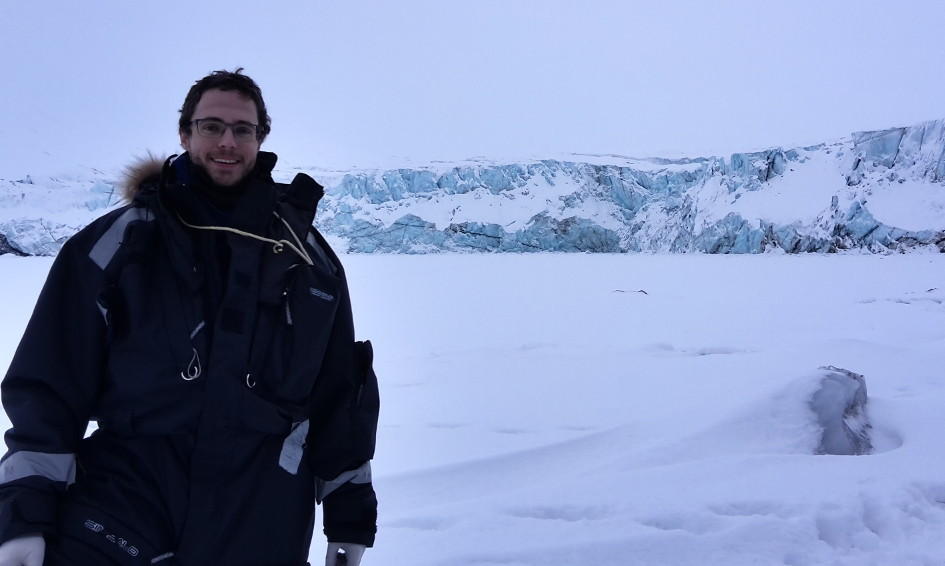Simulation of the Greenland Ice Sheet during the Last Interglacial
PhD candidate: Andreas Plach
Main content
Supervision: Kerim H. Nisancioglu (UiB), Andreas Born (University of Bern), Bo M. Vinther (University of Copenhagen)
Project funding: European Research Council (ice2ice) - http://ice2ice.b.uib.no
Project period: September 2015 - September 2018
My PhD project focuses on the behavior and evolution of the Greenland Ice Sheet (GrIS) in warmer-than-today climate conditions. The motivation for this research lies in the potential of a major contribution to future sea level rise from a melting GrIS, which is also emphasized in the most recent IPCC AR5 report. Therefore I aim to simulate the GrIS during the last period it was warmer than today, which was the Last Interglacial (LIG) approximately 130 to 115 kyrs ago. Proxy data indicates a temperature of at least 4 K warmer than today over Greenland and a global sea level several meters above present values. Many studies investigating the GrIS during the LIG and its contribution to the higher LIG sea level have been published. But these studies come to vastly varying results, both in terms of sea level contribution, but also in terms of which parts of the GrIS melted the strongest. I will try to understand why these studies show such different results and then aim to improve the simulation of the GrIS during that time. I will strongly focus on the coupling of the atmosphere and the ice sheet and how the surface mass balance is calculated.
My PhD project is a part of the research project Arctic Sea Ice and Greenland Ice Sheet Sensitivity (ice2ice), which focuses on the relationship between Arctic and sub-Arctic sea ice cover and the Greenland Ice Sheet and how changes in sea ice cover might have played a major roll in past abrupt climate changes in Greenland and what that might imply for future temperature and ice sheet variations.
